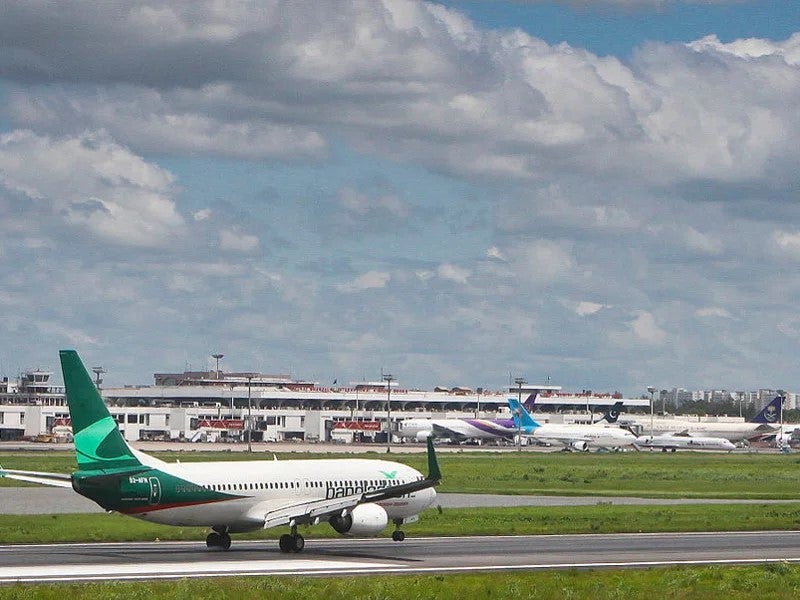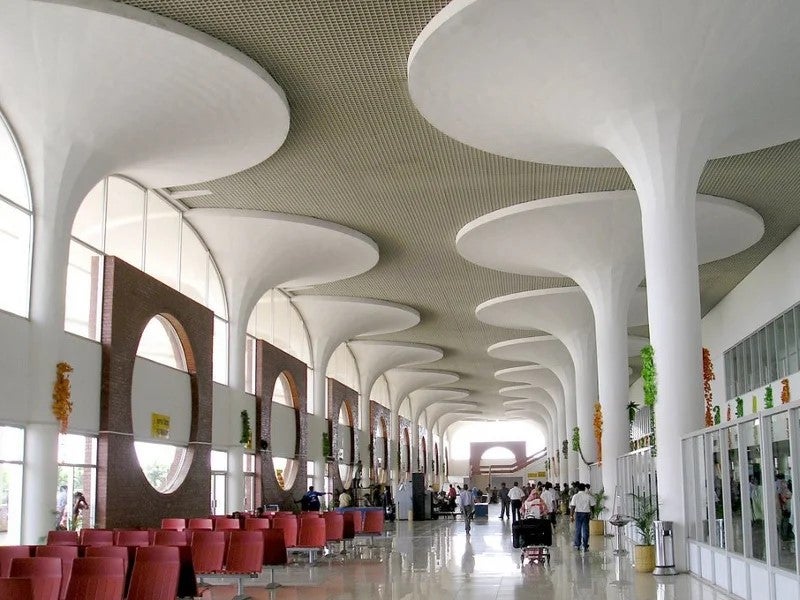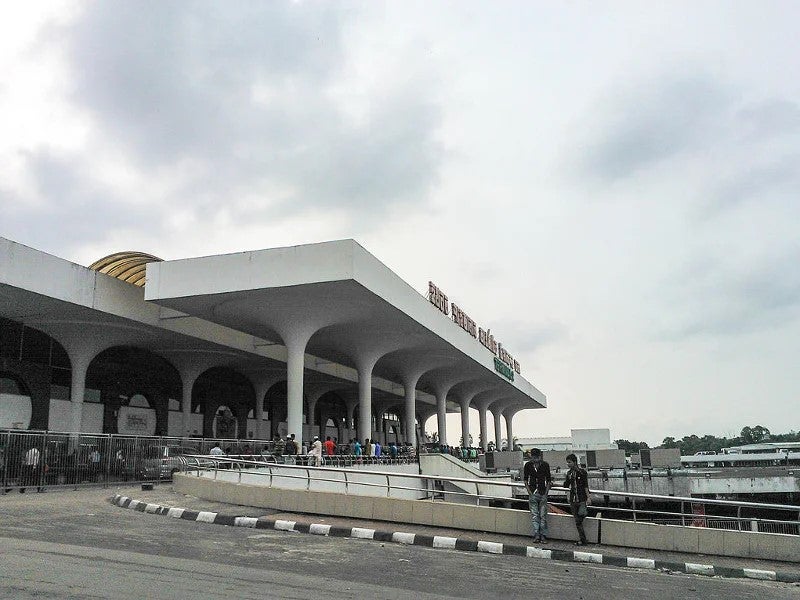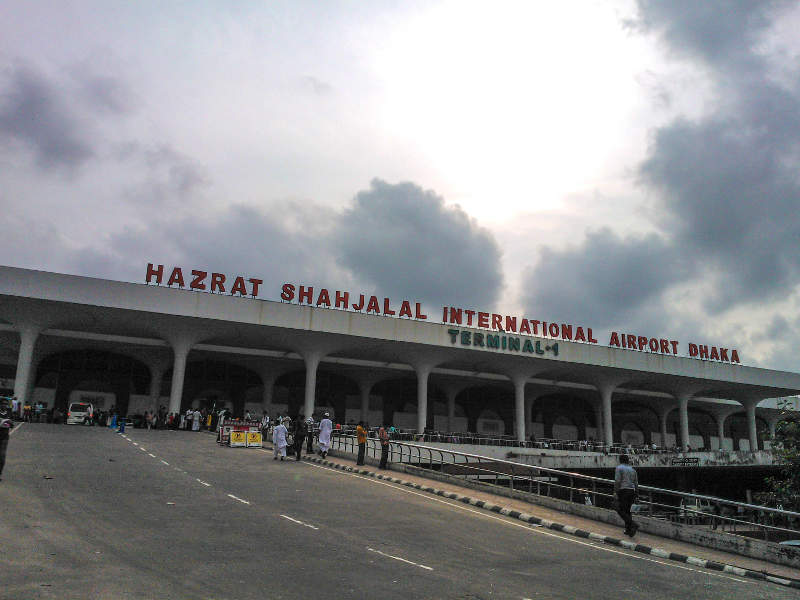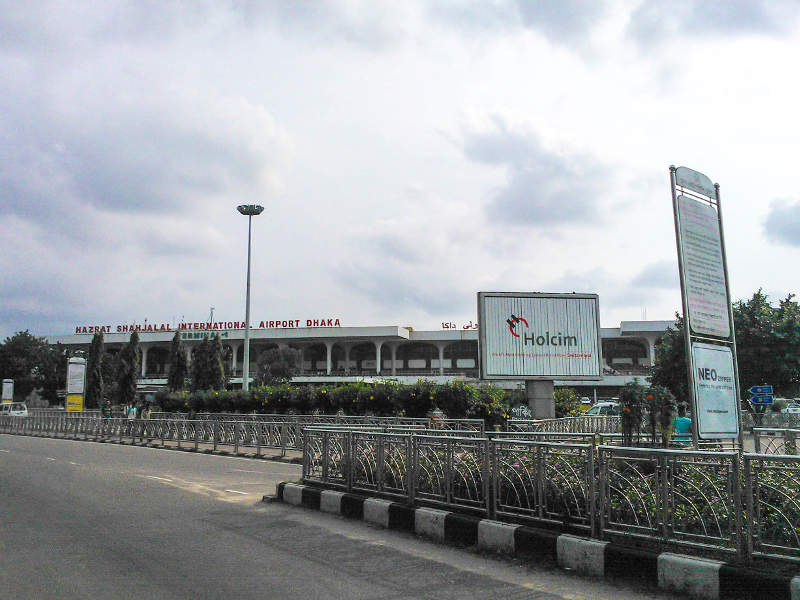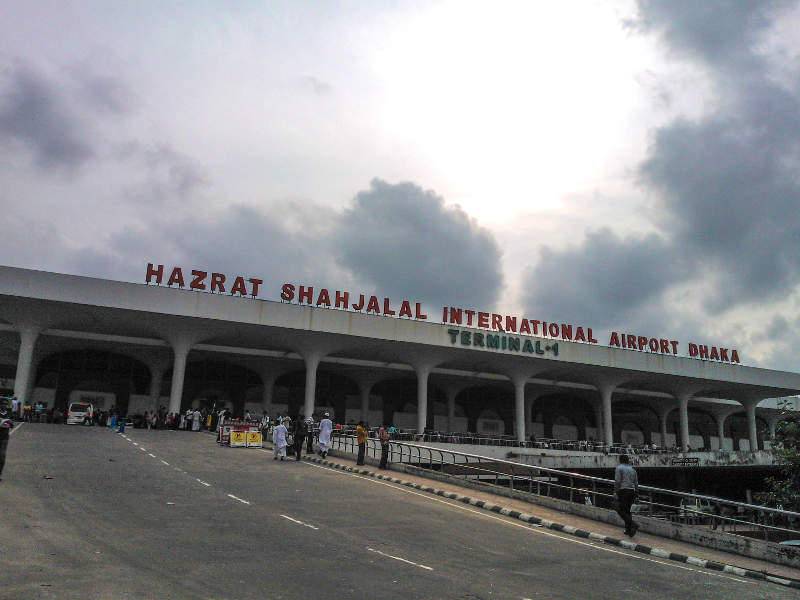The Hazrat Shahjalal International Airport in Dhaka, Bangladesh, developed by the Civil Aviation Authority of Bangladesh (CAAB) and the Ministry of Civil Aviation and Tourism, is anticipated to witness passenger traffic of up to 22 million by 2035.
A feasibility study for the expansion of Hazrat Shahjalal Airport was conducted between 2014 and 2015.
The ground-breaking ceremony of the third passenger terminal building and other infrastructure was held in December 2019 and it is scheduled for completion in 2024.
The new terminal is set to more than double the airport’s annual passenger handling capacity from the current eight million to approximately 20 million, and the cargo capacity from 200,000t to 500,000t.
It is also expected to improve air transportation, as well as economic and social development in Bangladesh.
Hazrat Shahjalal Airport expansion details
The expansion includes the construction of the third passenger terminal building known as Terminal 3, as well as a 5,9000² (63,507ft² ) VVIP complex, a 41,200m² cargo building and a multi-level car parking building with a tunnel.
The new international passenger terminal building will have a floor area of roughly 226,000m² .
Additionally, the project will see the construction of several exit and connecting taxiways, a parking apron in Terminal 3, new roads to connect the terminal with the airport road and a drainage system.
Various water treatment, power supply, rescue and fire-fighting facilities will also be built as part of the development.
Financing for the Hazrat Shahjalal Airport expansion
The project was approved by the government of the People’s Republic of Bangladesh in May 2015. The total cost of the expansion is estimated to be Tk192bn ($1.76bn).
The government of the People’s Republic of Bangladesh signed an agreement with the Japan International Cooperation Agency (JICA) in June 2017 to provide an Official Development Assistance (ODA) loan of up to Tk76.83bn for the expansion.
Contractors involved in the Bangladesh airport expansion
CAAB awarded a five-year contract worth Tk4.6bn to a consortium led by Japanese engineering and consulting company Nippon Koei for the project in August 2017.
The consortium comprises Singapore-based CPG Consultants, Bangladesh-based Development Design Consultants and Japanese engineering consultancy Oriental Consultant Global.
Yooshin Engineering, CPG and Development Design Consultants took part in the feasibility study of the project.
National Development Engineers was contracted for the construction of a general aviation hangar, hangar apron and apron on the north side of the airport’s fire station. The contract was valued at $45.5m.
Geotech Engineering provided subcontractor services for conducting soil investigation, such as topographical survey, undulation investigation, survey works of the existing facilities, unused land survey, and the survey of empty land.
Aviation Dhaka Consortium comprising Mitsubishi, Fujita,and Samsung C&T provided construction works for the third passenger terminal, taxiway, tarmac, import and export cargo terminals, an elevated approach road, and a multi-storey parking facility.
Sinamm Engineering provided utility services for the project, while Development Design Consultants provided design and construction supervision services.
Next Spaces provided services, such as pile works at the cargo terminal and Terminal 3 central area including load tests and pile head breaking.
PEBSAL was contracted for the construction of 32,000m² of roofing area to fix the multi-layered roofing and gutter system including the skylight. Associated Builders provided construction services for the main passenger terminal of the Terminal 3 building.
Hazrat Shahjalal International Airport history and existing facilities
Situated on an 802ha site in Kurmitola, north of the capital Dhaka, Hazrat Shahjalal International Airport began operations in 1980.
The airport has one domestic terminal and two international terminals with a maximum capacity of eight million passengers a year.
The existing terminals will not be able to accommodate the growing number of passengers due to capacity constraints.
Hazrat Shahjalal International’s existing cargo facility is facing flaws regarding its safety and security systems which are regarded as insufficient to accommodate the growing cargo volumes.
The site’s 3,200m-long main runway was upgraded to an asphalt surface in 2013.
The airport also features a multi-storey car parking area and a VIP terminal.

